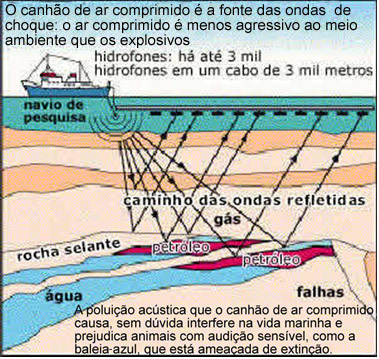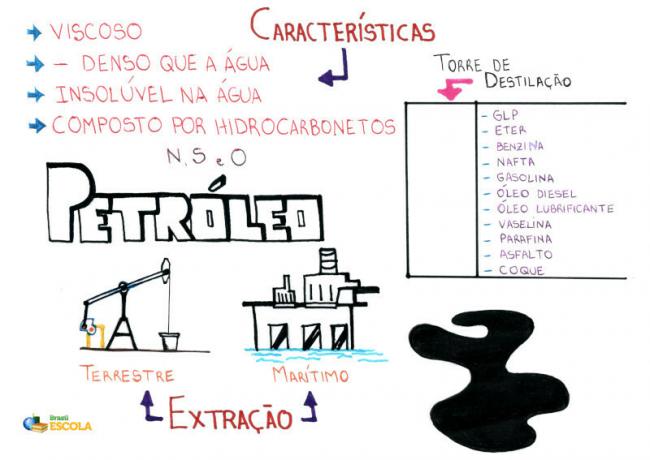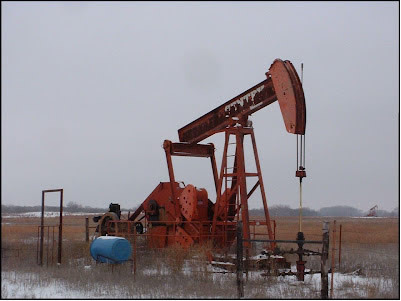Oil is found in deep pockets on land and below the sea floor. Basically, three important steps are required to carry out your exploration:
1st Prospecting: it is the location of sedimentary basins through detailed analysis of the soil and subsoil.
The geologist who determines the likelihood of trapped oil reservoir rocks can do so in a variety of ways, such as through satellite imagery. He also uses some equipment; see some of them:
- Gravimeter: detects subtle variations in gravity that indicate the underground flow of oil;
- Magnetometers: measures tiny changes in the magnetic field, also caused by the flow of oil;
- Sniffers (sniffers): electronic noses that detect the presence of hydrocarbons (constituents of petroleum);
- Seismologists: these devices create shock waves that pass through rocks and then bounce off the surface. These waves can be created by compressed air cannons, which shoot pulses of air into the water and, through hydrophones, capture the reflected waves. It is also possible to use blasts with charges explosive on the ground or impact trucks which strike heavy plates placed on the ground.

2nd Drilling: once the oil deposits are discovered, they are marked with GPS coordinates and marker buoys over the sea water. If it is on land, a first well is drilled into the ground. If oil really exists, other wells are drilled and it is analyzed whether extraction is economically viable.
Mind Map: Oil

* To download the mind map in PDF, Click here!
This drilling, which can reach depths of 800 to 6,000 meters, is carried out on land by means of drilling rigs and at sea with offshore platforms (Image). At rigs may have a simple drill with industrial diamonds; or a trio of drill bits interlocked with steel teeth.

Note in the image below that a mud pump (2) and a mud tank (5) are required. This is because a special mud cools the bits during drilling. In addition to lubricating the system, it brings to the surface rocks that will be analyzed.

3rd Extraction: on land, oil is found above salt water and below a high-pressure gaseous layer. Thus, when the well is drilled, oil can spontaneously spurt to the surface due to the pressure of the gas. When this pressure decreases, it is necessary to use equipment (such as the “hobby horse” shown in the figure below) that bombard the oil to the surface.

If the oil is too dense, it is necessary to inject steam heated under pressure through a second well dug in the reservoir. The heat from the steam lowers the viscosity of the oil and the pressure helps push it up the well.
At sea, this extraction is more difficult, being done with the use of special drilling equipment and extraction by means of pumps on platforms and drill ships. There are several types of offshore oil exploration platforms, see the main ones:

* Mind Map by Me. Diogo Lopes
By Jennifer Fogaça
Graduated in Chemistry
Source: Brazil School - https://brasilescola.uol.com.br/quimica/exploracao-extracao-petroleo.htm

